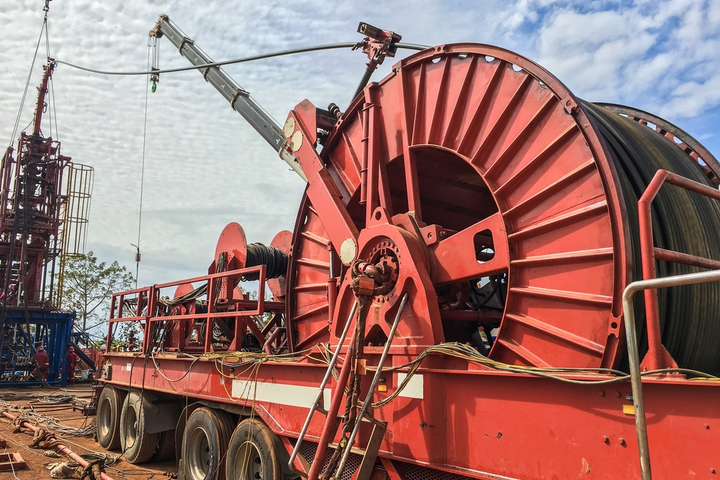Tubing Spools to be an Essential Part for Wellhead Systems

28 Jan
2020
Tubing spools are of major importance for the gas and oil field. Drilling of a well to generate oil and gas requires a spool wellhead structure during the complete procedure. This complete system involves several components other than tubing spools such as preliminary casing head, intermediate casing spools, slip casing hanger, seal, and other accessories essential to complete the wellhead system. The tubing spools wraps up the task with its lockdown feature.
The tubing spools are installed before the well is completed. It is used to avoid damages on sealing areas, due to drilling equipment, and to wedge the tubing hangers, bowl protectors, and test plugs. Furthermore, the tubing spools having two flanges are attached to the casing spool that is used to dangle the smallest casing string and seal the annular space between the casing and tubing.
The procedure begins with the preliminary casing head, that has to be attached to the surface casing of the conductor. After this, the intermediate casing spool is used to access annulus. An intermediate casing spool is a flanged-on-flanged pressure container that is installed after an additional casing has been to a course. The lower section of the intermediate casing spool closes the external diameter of the lastly installed casing string. It is arranged in such an order that the lower flange gets coupled with the preliminary casing head or the prior intermediate casing spool. On the other hand, to deal with the expected higher wellbore pressure, the upper flange carries a higher-pressure rating as compared to the lower one.
To end the process, tubing spools are installed. Tubing spools and intermediate spools have somewhat the same features; however, tubing spools are distinct for one reason. The tubing spools can accept a solid body-tubing hook with a lock feature positioned near the top flange. Furthermore, the feature makes sure that the pressure or temperature doesn’t affect the position of the tubing hook. Also, the flange sizes are based on the pressure requirements, and therefore varies accordingly.
Tubing spools are available in a variety such as high manganese steel, stainless steel, and carbon steel. Moreover, the growing exploration and drilling activities for oil across the globe, and oil price recovery are the major factors that fuel the growth of the market. In addition, the increase in the redevelopment of mature oil wells propels the growth of the market as well. According to a report published by Allied Market Research, the tubing spools market is expected to reach $725.8 million, supported by a CAGR of 4.9% by 2026. The advanced technology in the wellhead system offers decreased life cycle cost and greater reliability for pressure seals and suspension points. Moreover, the further developments in the technology for wellhead systems are expected to offer worthwhile opportunities to the market in the coming years.

Rosy Behera
Author's Bio- Rosy Behera holds a bachelor’s degree in Electrical and Electronics Engineering and now she is a content writer by profession. She loves to portray her thoughts and ideas with a nice command of words. Grabbing an audience with her creative write-ups is one of her biggest assets so far. Apart from writing, she is a certified “Odisi” dancer and has done Gardharva in Drawing, Painting, and Arts. She always explores new things through travel and is a big foodie.
Avenue: Entire Library membership of Allied Market Research Reports at your disposal
- Avenue is an innovative subscription-based online report database.
- Avail an online access to the entire library of syndicated reports on more than 2,000 niche industries and company profiles on more than 12,000 firms across 11 domains.
- A cost-effective model tailored for entrepreneurs, investors, and students & researchers at universities.
- Request customizations, suggest new reports, and avail analyst support as per your requirements.
- Get an access to the library of reports at any time from any device and anywhere.
Related Post
-
How are Submarine Cables Transforming Global Connectivity with Enhanced User Experience?
-
Endoscopy Procedures: Transformations in Techniques and Applications
-
AI-Powered Video Analytics: How the Product Actually Works for enterprises
-
Painting Robots: Transforming Precision Coating and Creative Applications
-
Innovations in Pharmacovigilance Systems Advancing Patient Safety
-
Understanding Edge Security: Keeping Data Safe Near the Source
-
Exploring the Use and Advancements of 3D Laser Scanners in Professional Applications
-
Reinforcing Industrial Controls with Smarter Tools and Training








